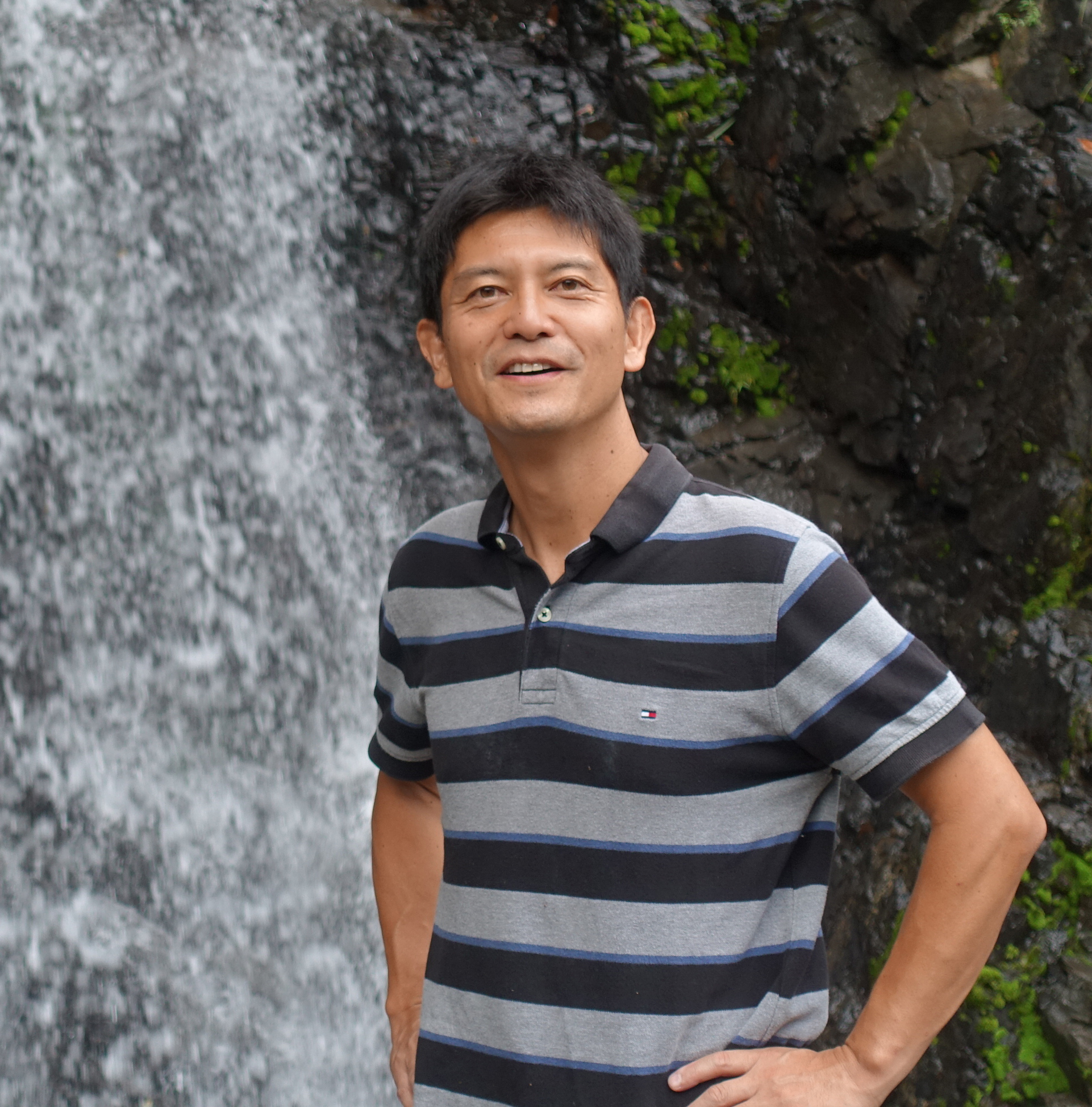Academic Staff
Hiroyuki Kimura

- Green Energy Research Core
- Core
- Professor
- Email:kimura.hiroyuki[atmark]shizuoka.ac.jp
- TEL:054-238-4784
Accretionary prisms are thick sedimentary layers deposited at the boundary between oceanic and continental plates. Accretionary prisms have been found in a wide area around the world, including Alaska and Washington in the United States, New Zealand, Chile, Peru, Indonesia, Taiwan, and Japan. Accretionary prisms formed from the Cretaceous to Paleogene are found in southwest Japan, where they can be traced for 1,800 km parallel to the Nankai Trough and Ryukyu Trench. The sedimentary layers consist of permeable sandstone layers and low- permeability mudstone layers. The sandstone layers contain anoxic groundwater, natural gas (mainly methane), and anaerobic microorganisms. A series of geochemical and microbiological studies have been carried out to clarify the microbial metabolisms and methanogenesis processes in deep aquifers associated with accretionary prisms. We are developing a novel bioenergy production system that utilizes methane and subserface microbial communities associated with the accretionary prisms.
